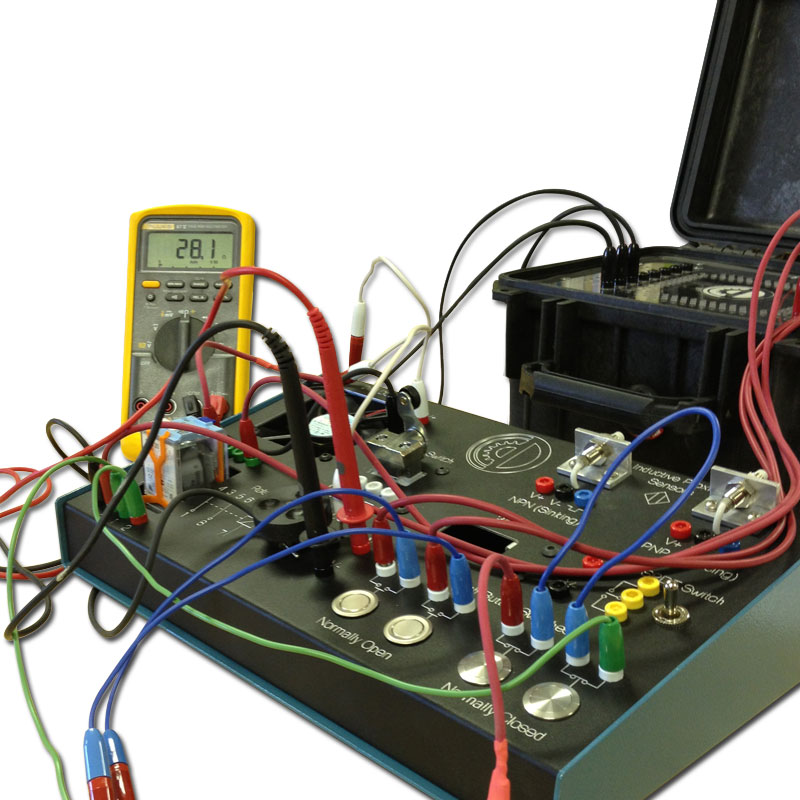Advanced electrical system troubleshooting you can count on.
Wiki Article
Top Tips for Effective Electric System Troubleshooting
Repairing electric systems calls for a systematic strategy, grounded in an extensive understanding of electrical principles and safety protocols. The subtleties of efficient fixing extend beyond mere technical understanding; recognizing how to document searchings for and prioritize security can dramatically influence results.Understand the Essentials
Recognizing the basics of electric systems is essential for effective troubleshooting, as a strong structure enables professionals to identify and fix problems more efficiently. A thorough understanding of electrical principles, such as voltage, existing, resistance, and power, is important in determining the source of troubles. Voltage is the electrical possible difference that drives existing with a circuit, while resistance opposes the flow of existing, affecting the general functionality of the system.Knowledge with circuit components, consisting of resistors, capacitors, diodes, and switches, is likewise paramount. Each element plays a distinctive function in circuit actions and can influence performance when malfunctioning. Furthermore, recognizing series and parallel circuit configurations is crucial, as these plans influence the distribution of voltage and existing within the system.
Moreover, understanding of safety and security methods is indispensable. Service technicians have to be aware of prospective threats, such as shock and short circuits, to execute safe troubleshooting practices. By grasping these foundational principles, technicians enhance their capability to carry out reliable diagnostics and repairs, eventually resulting in enhanced efficiency and integrity of electrical systems. This foundational understanding is the foundation of effective repairing endeavors.
Gather Necessary Tools
Efficient troubleshooting of electrical systems calls for the appropriate set of devices to diagnose and fix issues properly. Necessary tools include a multimeter, which measures voltage, present, and resistance, allowing for specific assessments of electric elements.Additionally, protected hand devices such as screwdrivers, pliers, and cable pole dancers are vital for safely controling electric connections. It is additionally a good idea to have a circuit tester on hand to confirm the visibility of voltage in outlets and cords. For more complicated systems, a thermal imaging camera can assist identify overheating elements, showing potential failings.

Comply With an Organized Strategy
Having actually collected the proper devices, the next action in fixing electrical systems is to follow a systematic approach. A systematic approach makes certain that professionals can recognize mistakes effectively and accurately, minimizing downtime and preventing unneeded repair work.Begin by assessing the system's schematic representations and specifications. This entails monitoring each part methodically, starting from the power resource and working in the direction of the load.
Make use of screening devices, such as multimeters and oscilloscopes, to gather unbiased data concerning voltage, current, and resistance at numerous points within the system. This empirical proof will assist your troubleshooting efforts and aid to validate or eliminate possible sources of failure.
In addition, consider ecological elements that might influence the system's efficiency, such as temperature variations or moisture access. A comprehensive inspection of electrical wiring, links, and parts will make sure that all opportunities are represented.
Record Your Findings
Extensive documents is crucial in the troubleshooting process of electrical systems. This practice not only aids in understanding the root cause regulatory compliance assistance of the problem but also serves as a referral for future repairing initiatives.
In addition, keeping a log of parts changed or fixings done is important. This details sustains stock management and can aid examine the longevity and integrity of certain components.
Inevitably, the paperwork process must be extensive yet concise, making it possible for simple access and review - electrical system troubleshooting. By prioritizing detailed paperwork, specialists can produce an important knowledge base that not just aids in present troubleshooting yet likewise equips future maintenance initiatives, thus improving total system integrity

Prioritize Safety Steps
Acknowledging the integral dangers connected with electrical systems is vital for guaranteeing safety and security during troubleshooting. Electric shock, burns, and equipment damages are simply a few of the prospective threats that specialists deal with. Focusing on precaution is not just a legal obligation however also a moral critical that safeguards both the technician and the surrounding setting.Prior to commencing any troubleshooting task, professionals should don proper individual protective devices (PPE), including insulated gloves, shatterproof glass, and flame-resistant clothing. Guaranteeing that the job area is dry and cost-free of clutter can considerably decrease the risk of mishaps. It is vital to de-energize circuits before starting any type of work, verifying that they are not live through the usage of a multimeter or voltage tester.
Establishing clear communication protocols with staff member is additionally important; this guarantees that everyone understands possible hazards and the status of the electrical system being worked with. Last but not least, having an emergency reaction strategy in location can prove invaluable in the event of an incident. By prioritizing precaution, professionals can properly reduce dangers and promote a safer workplace.
Verdict
Efficient electric system repairing relies upon a detailed understanding of essential concepts and a systematic strategy. By collecting essential devices, sticking to organized evaluation strategies, and meticulously documenting findings, the troubleshooting procedure comes to be more reliable and trustworthy. Prioritizing safety steps makes sure the wellness of people included and the stability of the electric system. Implementing these strategies will certainly boost the fixing experience, leading to quicker resolutions and improved operational effectiveness in electric systems.Report this wiki page